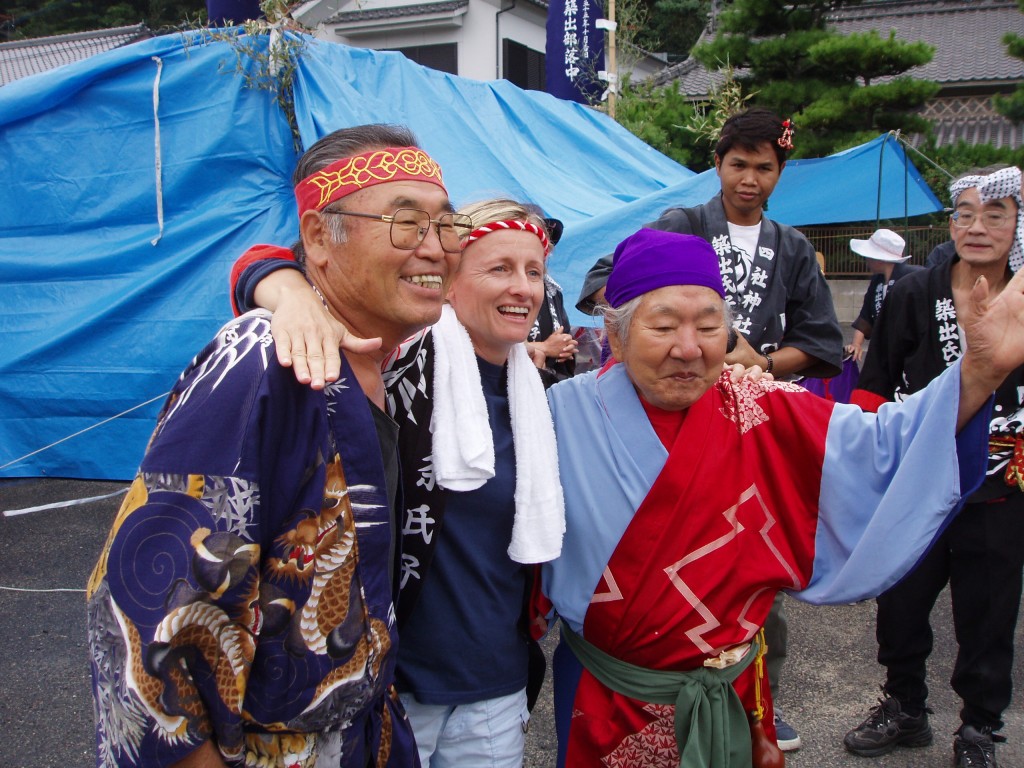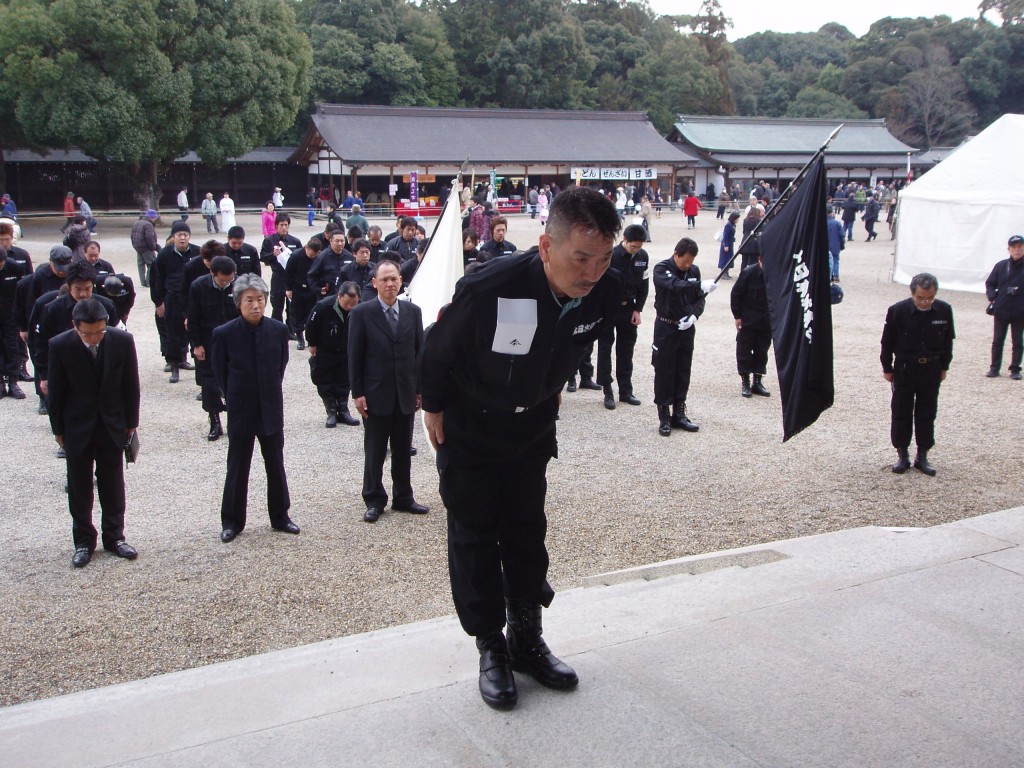David McNeill is one of the best contemporary writers on Japan, and someone much to be admired for his brave stance against the yakuza and violent extremists. A Tokyo-based writer, he is the Japan correspondent for The Independent, teaches political science at Sophia University and has written for numerous publications including Japan Focus. In the piece below, he turns his attention to the delicate matter of Shinto’s contemporary stance. Is it primarily cultural and environmental in nature, or a political tool of emperor-centred rightists?
*********************************************************
Re-engineering Shinto
BY DAVID MCNEILL SPECIAL TO THE JAPAN TIMES NOV 23, 2013
Japan’s ancient, indigenous religion, premodern Shinto, was considered one of the world’s least dogmatic, laidback belief systems. Many of its earthy, animist rituals were tied to a love of nature and tradition, anchored around festivals and ceremonies honoring kami (gods) found in all aspects of life.

The open celebratory face of Shinto
After the Meiji Restoration of 1868, Shinto was retooled for the modern, bureaucratic state. The first reformists purged Buddhism, made Shinto a state religion and elevated the Emperor to head of state, making him the divine link in an unbroken chain going all the way back to the sun goddess. As such, the religion became inextricably bound up with the rise of Japanese nationalism and its central tenets. The Emperor had a divine right to rule Japan, which was superior to other nations. Millions of Japanese children were taught these supremacist beliefs, fueling the clash with foreign imperialisms.
In January 1946, Emperor Hirohito famously renounced his divine status in an imperial transcript known as his “declaration of humanity.” The statement, made under the U.S. Occupation, was a prelude to the rewriting of Japan’s Constitution the same year. This was just a part of a profound re-engineering of the Japanese state. Shinto was stripped of its public status in a bid to separate church and state along U.S. constitutional lines. The Imperial Rescript on Education was scrapped, ending the Emperor’s role as source of individual and social morality. Japan’s ability to wage war was permanently renounced in Article 9 of the new Constitution.
Mark Mullins, director of the Japan Studies Center at the University of Auckland, describes this re-engineering as an example of “imperialist secularization” — the coercive, top-down removal of religion from public institutions by a foreign power. “This is very different from . . . the gradual decline of religion with the advance of modernization,” Mullins says. Many conservatives resented the changes. When the Americans left, they fought back.
The two faces of Shinto today are present in the organization’s headquarters. The affable spokesman for the religion’s International Section, Katsuji Iwahashi, stresses Shinto’s essentially peaceful roots and its overwhelmingly benign role in the lives of millions of Japanese as well as its modern, internationalist outlook.
Organized beliefs can be used in any nation, he explains, for good and bad. “Religion is a very good tool to unify people toward a single goal,” he says in fluent English. Iwahashi is critical of political Shinto. “They misinterpret Japanese culture as nationalism.”

A more nationalistic face of Shinto
Though now constitutionally a “symbol” of Japan, the Emperor is still the central figure in the Shinto drama and conservatives still spend a great deal of energy trying to interpret his often oblique statements and actions.
One of the great debates in Shinto is about why Emperor Hirohito stopped visiting Yasukuni in 1978. Accepted wisdom is because he was upset at the decision by its head priest to secretly install memorial sticks for Japan’s 14 Class-A war criminals.
In 2004, Hirohito’s son, Emperor Akihito triggered another debate when he told Kunio Yonenaga, a member of the Tokyo Board of Education, that it was “desirable not to force” teachers to sing Japan’s flag and national anthem in schools. Yonenaga had been enthusiastically reporting to the monarch that it was “his job” to have schoolchildren sing the anthem, a peon to the man in front of him.
Some interpreted this incident as evidence of the current Emperor’s liberal leanings, but Yuzawa disagrees. “In this case, Yoneyama was taking an extreme position, so his majesty was trying to show other opinions and give space for the public to discuss it. It doesn’t mean he was against Yoneyama’s stance, he was just giving an alternative way of thinking about it.”
Where does the Emperor stand on female succession? We don’t know, but Shinto conservatives oppose it because allowing an Empress would dilute the “purity of the imperial line,” says Yuzawa. “What if a woman succeeds and marries a foreigner? Non-Japanese blood will be mixed.”

Leave a Reply